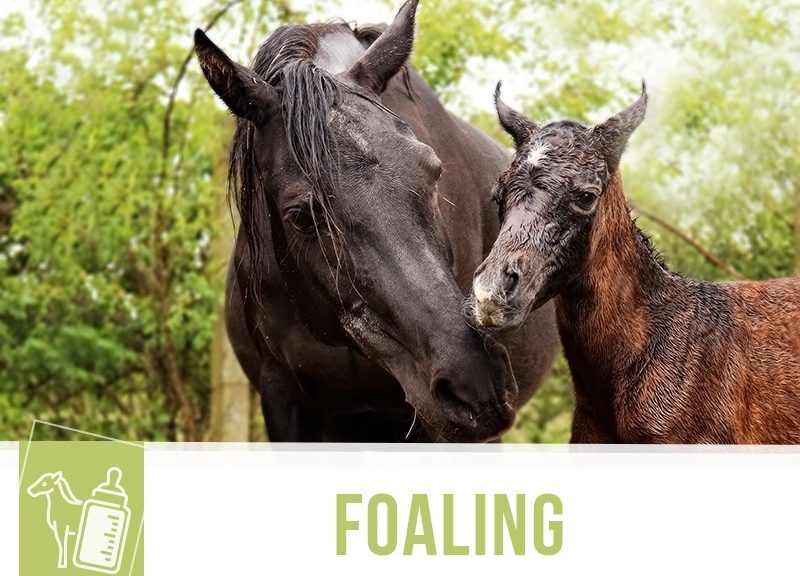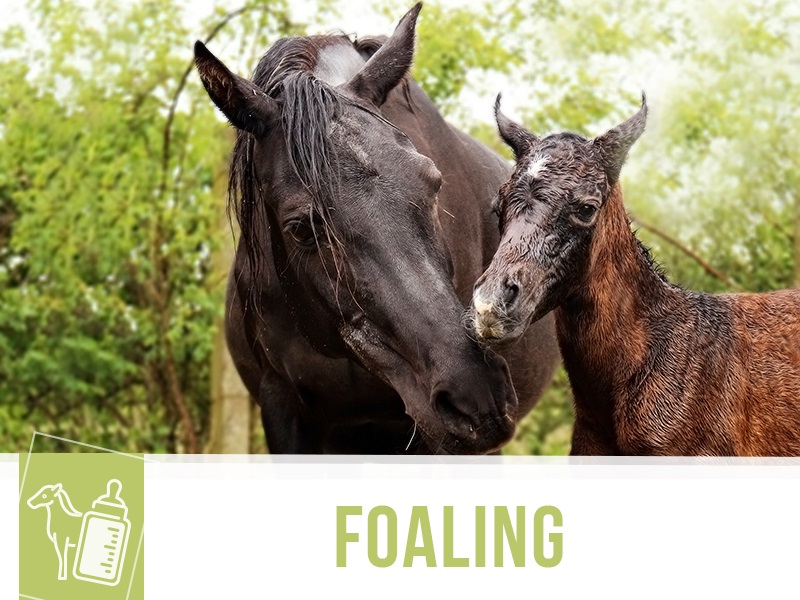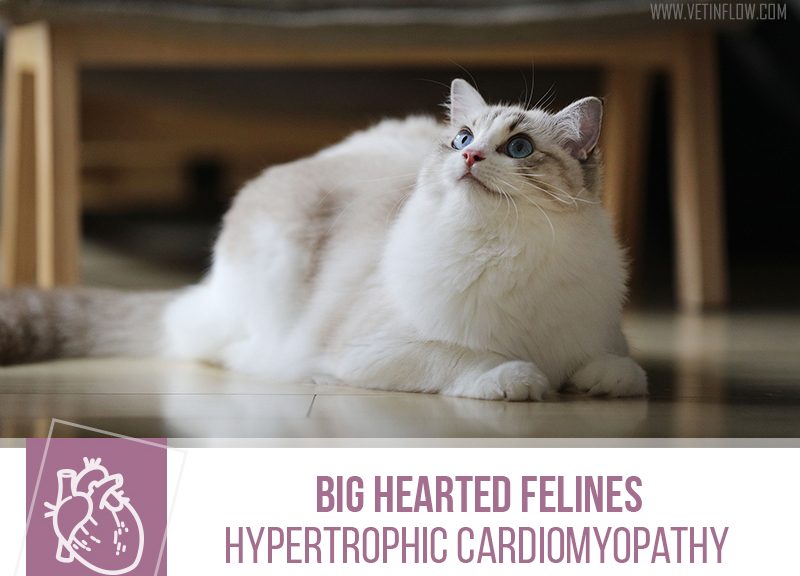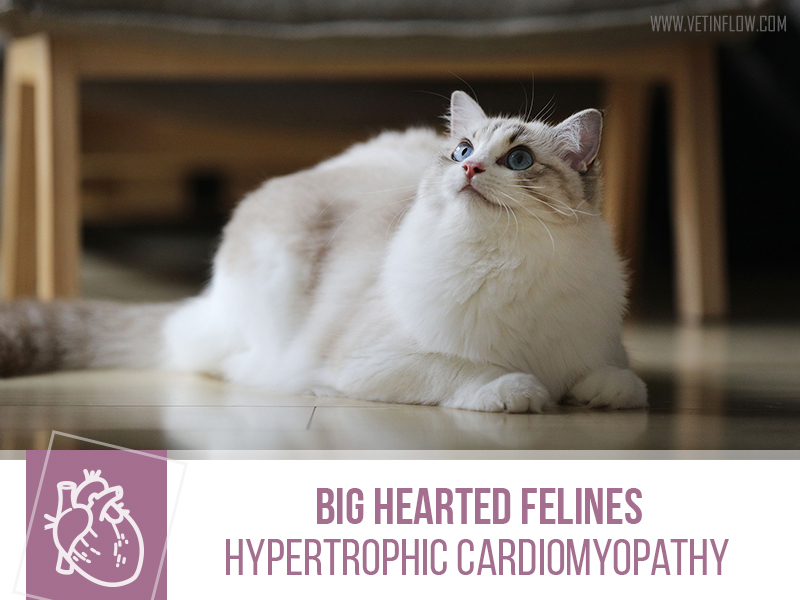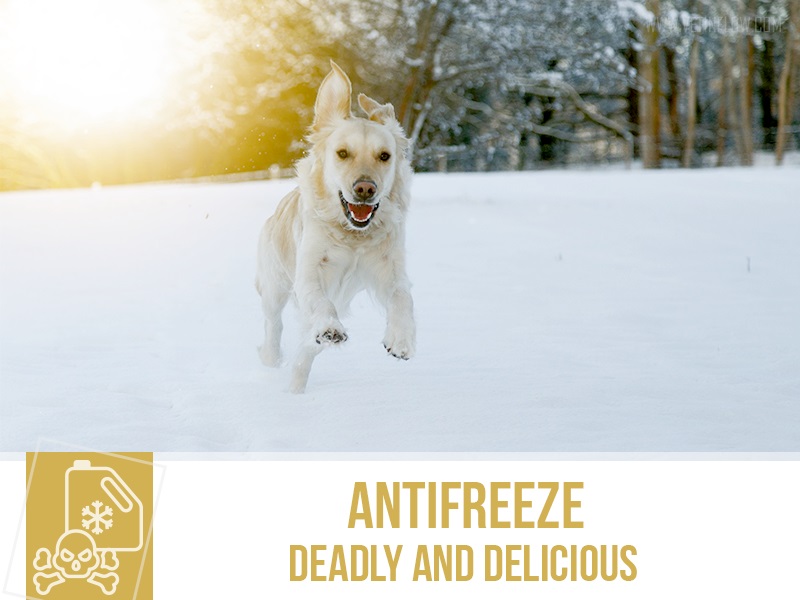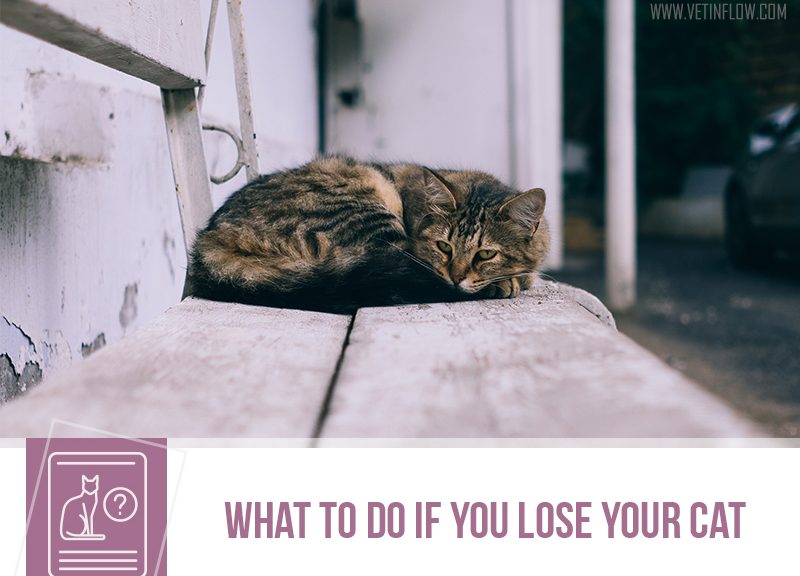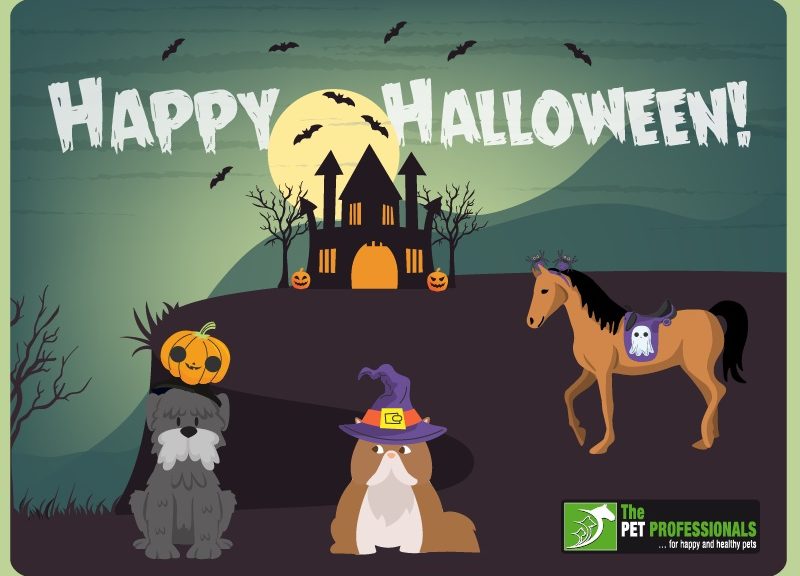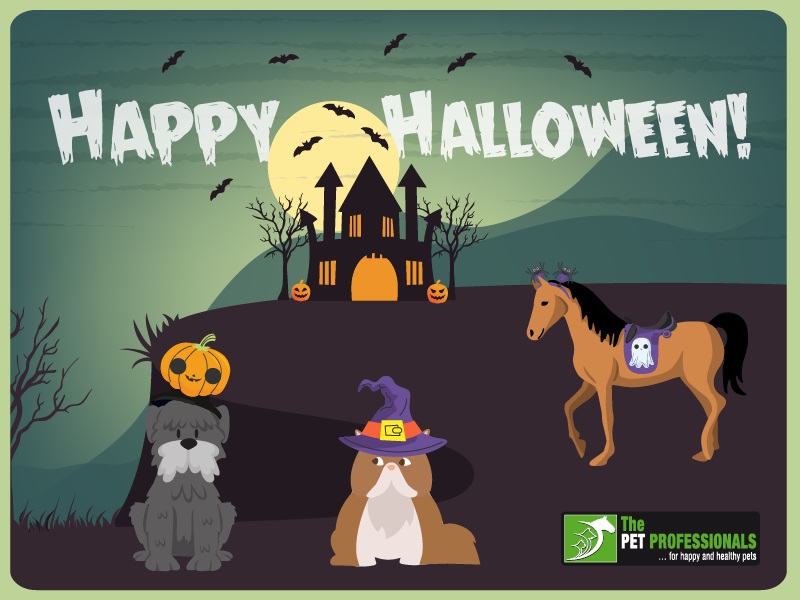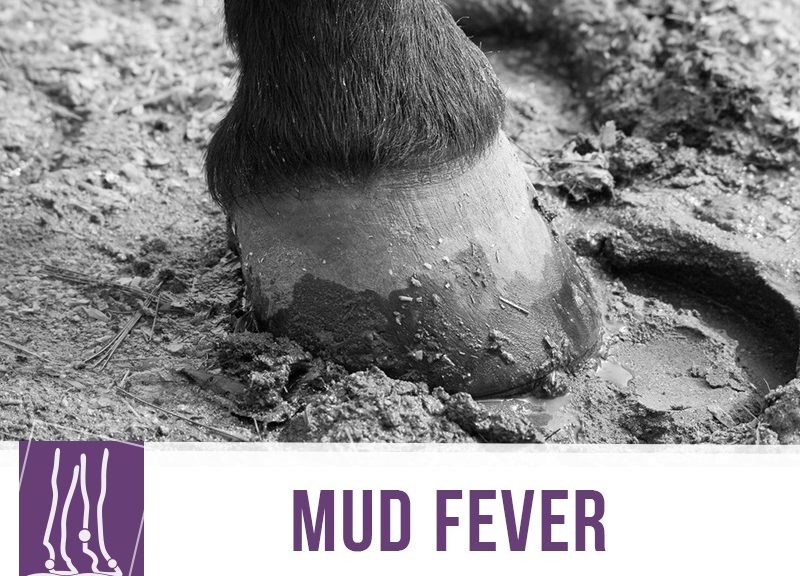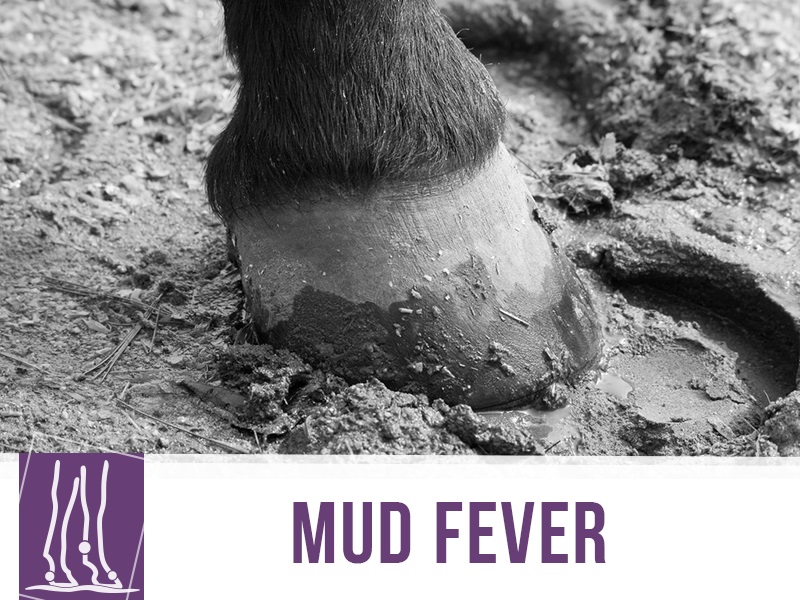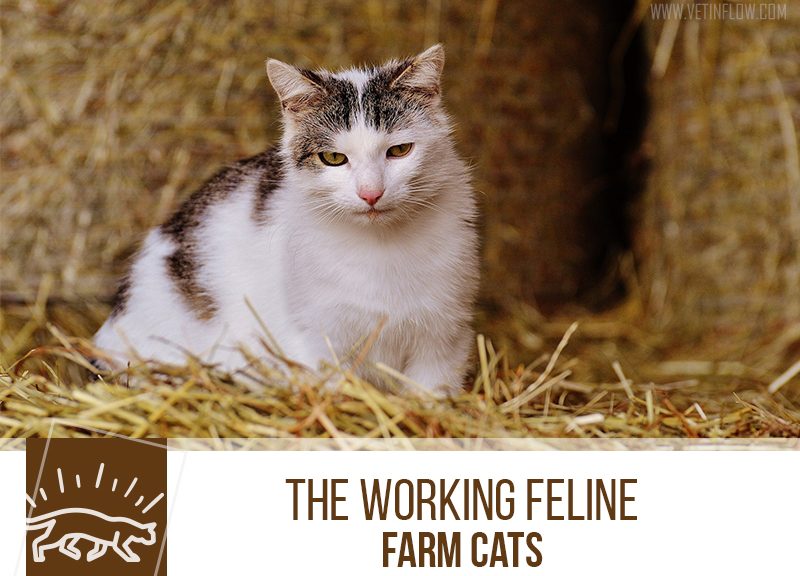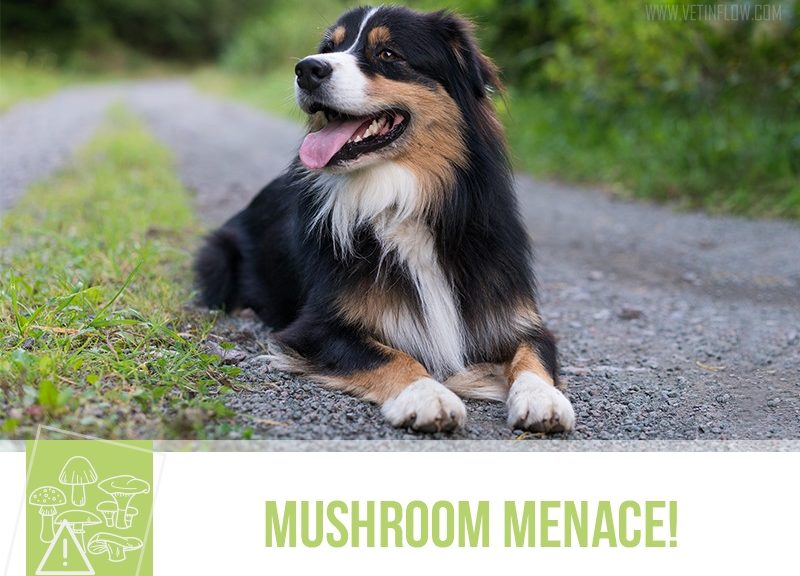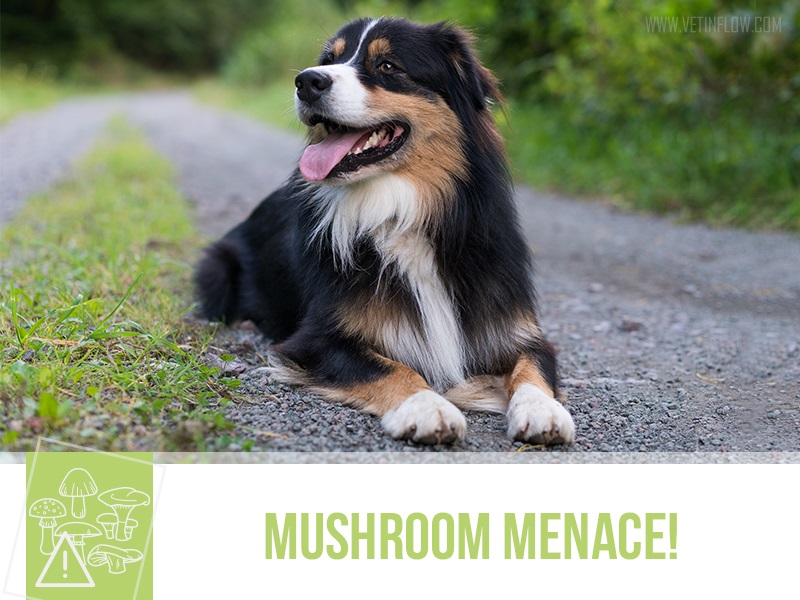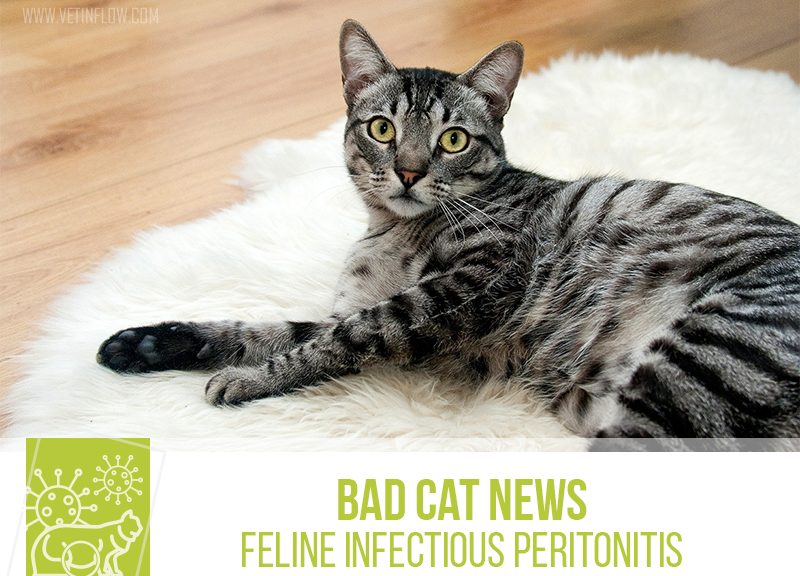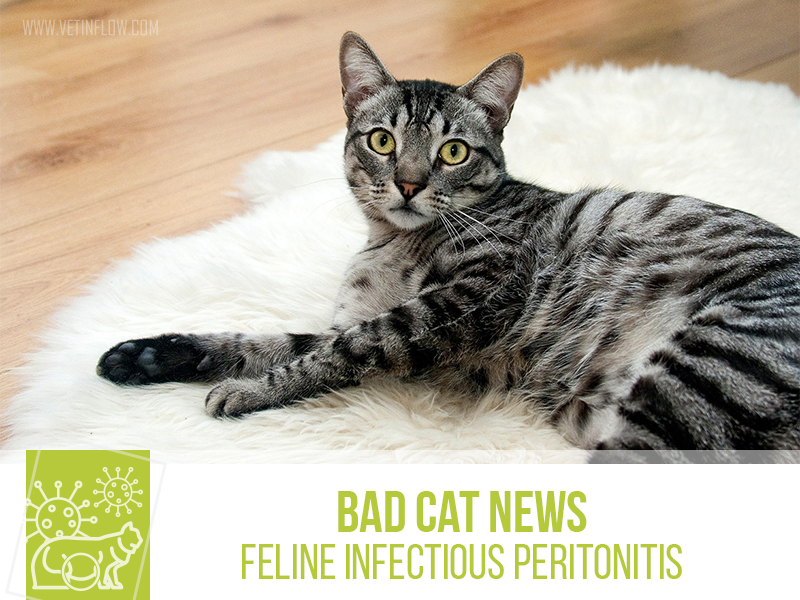Foaling, also called parturition, is a very important stage of a mare’s life and it is just as important for the owners.
The correct recognition of the stages of labour and knowing what to expect is fundamental to ensure everything goes as smoothly as possible. Now, luckily, most mares will give birth successfully without needing any intervention.
Knowing what to expect and how long the stages of labour last will help owners decide if help is needed or if everything is progressing normally.
Normal labour is divided into 3 distinct stages:
- First stage: When the foal shifts and positions their head and forelimbs extended into the birth canal. The mare may be quite restless, very nervous, sweating on the flanks and in pain due to uterine contractions becoming more severe. Depending on the animal, she may have no observable signs or be in a lot of distress for several hours. This stage ends with the rupture of the allantoic membrane and there will be the release of allantoic fluid – this happens around 1 to 4 hours after the start of the first stage;
- Second stage: The foal is born! A foal’s normal presentation is with their head tucked between their extended forelegs. Other positions might require veterinary assistance so this should be checked. The mare will lay down on her side and rise several times, even when the foal is already partially out. This is due to the very strong uterine and abdominal contractions required to give birth. After the foal’s shoulders are out successfully the mare will usually rest a bit before delivering them fully. Foetal membranes should rupture when the foal tries to get up and move around – should this not happen, they should be ruptured by hand (except for the umbilical cord!) to allow for the foal to clear their nasal passages and breathe. This period usually lasts around 30 minutes but may continue for an hour. If it overextends a veterinary surgeon should be called.
- Third stage: After the foal is born, the placenta has to be expelled from the uterus. This usually takes somewhere between 1 to 3 hours but it may continue for up to 8 hours – if the placenta is retained for too long it might cause severe issues but its important to not pull the placenta forcefully to get it out.
In summary, let things progress undisturbed for as long as possible but if any of these phases takes too long, if the foal isn’t in their proper place in the birth canal or if you see them or their mother struggling too much, don’t hesitate and call your vet at once.
And there you have it! After all of this excitement, hopefully there is a healthy young horse just dying to explore the big wide world.
Would you like to know more about horses? Check our Equine Courses:
Equine courses
